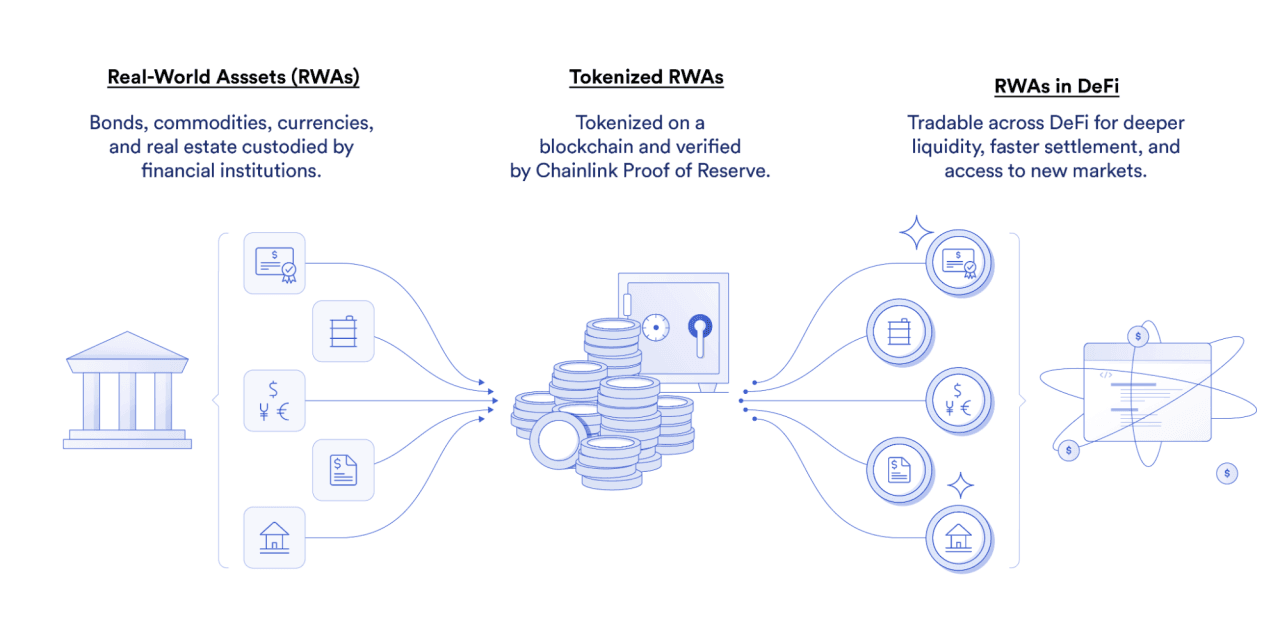
Chunyang Shen
May 14, 2024
This article provides a overview of the S&P 500 Index, different ETFs that aim to replicate its performance, and Jarsy' offer for S&P investment options.
Introduction
The S&P 500, or Standard & Poor's 500, is one of the most well-known and widely followed stock market indices in the world. It serves as a benchmark for the performance of the U.S. stock market and is often used as a proxy for the overall health of the economy.
Composition of the S&P 500
The S&P 500's top holdings are typically large-cap companies with significant market influence. As of the latest data, some of the top holdings include, Apple Inc. (AAPL), Microsoft Corporation (MSFT), Amazon.com Inc. (AMZN), Alphabet Inc. (GOOGL), Facebook, Inc. (FB). The sectors and their approximate weightings are as follows:
Information Technology: 27%
Health Care: 14%
Financials: 11%
Consumer Discretionary: 10%
Communication Services: 10%
Industrials: 8%
Consumer Staples: 7%
Energy: 3%
Utilities: 3%
Real Estate: 3%
Materials: 3%
History of the S&P 500
1957: The S&P 500 was created, replacing the S&P 90, which had been in existence since 1923.
1980s and 1990s: The index experienced substantial growth during these decades, fueled by economic expansion, technological advancements, and the dot-com boom.
2000-2002: The dot-com bubble burst, leading to a significant decline in the index.
2008-2009: The global financial crisis caused another sharp downturn, but the S&P 500 eventually recovered and reached new highs.
2020: The COVID-19 pandemic led to a brief but severe market crash, followed by a rapid recovery and subsequent record highs.
Over the long term, the index has averaged an annual return of about 10%, which includes both periods of significant growth and market downturns.
How to invest in S&P 500
You can invest in the S&P 500 through ETFs, mutual index funds, options and futures, direct stock purchases of all index constituents, dividend reinvestment plans (DRIPs) of companies in the index, or through portfolios managed by robo-advisors. The easiest method for investing in the S&P 500 is typically through ETFs, like SPY, IVV, or VOO, as they can be purchased just like individual stocks through any brokerage account, require no minimum investment (beyond the price of one share), and offer flexibility with low fees.
Different S&P 500 ETFs
1.SPDR S&P 500 ETF Trust (SPY)
Composition: SPY is the oldest and one of the largest ETFs in the world, designed to track the S&P 500 Index. It holds stocks of all the companies in the index, mirroring their weight in the index.
Pros:
Liquidity: SPY is extremely liquid, making it easy to buy and sell without significant price impact.
Track Record: It has a long track record, providing investors with a reliable history of performance.
Cons:
Expense Ratio: Compared to some newer ETFs, SPY has a relatively higher expense ratio, which can impact returns over time.
2. iShares Core S&P 500 ETF (IVV)
Pros:
Lower Fees: IVV offers one of the lowest expense ratios among S&P 500 ETFs.
Tax Efficiency: It uses a structure that is typically more tax-efficient than some other ETFs.
Cons:
Slightly Less Liquid: While still highly liquid, IVV is slightly less so than SPY.
3. Vanguard S&P 500 ETF (VOO)
Pros:
Low Expense Ratio: VOO is known for its low-cost investment options, making it attractive for cost-conscious investors.
Vanguard’s Reputation: Backed by Vanguard’s strong reputation for low-cost and investor-friendly products.
Cons:
Trading Volume: VOO typically has lower trading volume compared to SPY, which might concern very active traders.
Jarsy's Offer
Currently Jarsy offers a SPY-backed asset that enables the purchase of shares for as low as $10 and is accessible to global investors without the need for a brokerage. This makes it a convenient option for those looking to invest in the S&P 500. Follow our twitter/X to see the latest investment products that we offer!
Recommended articles




